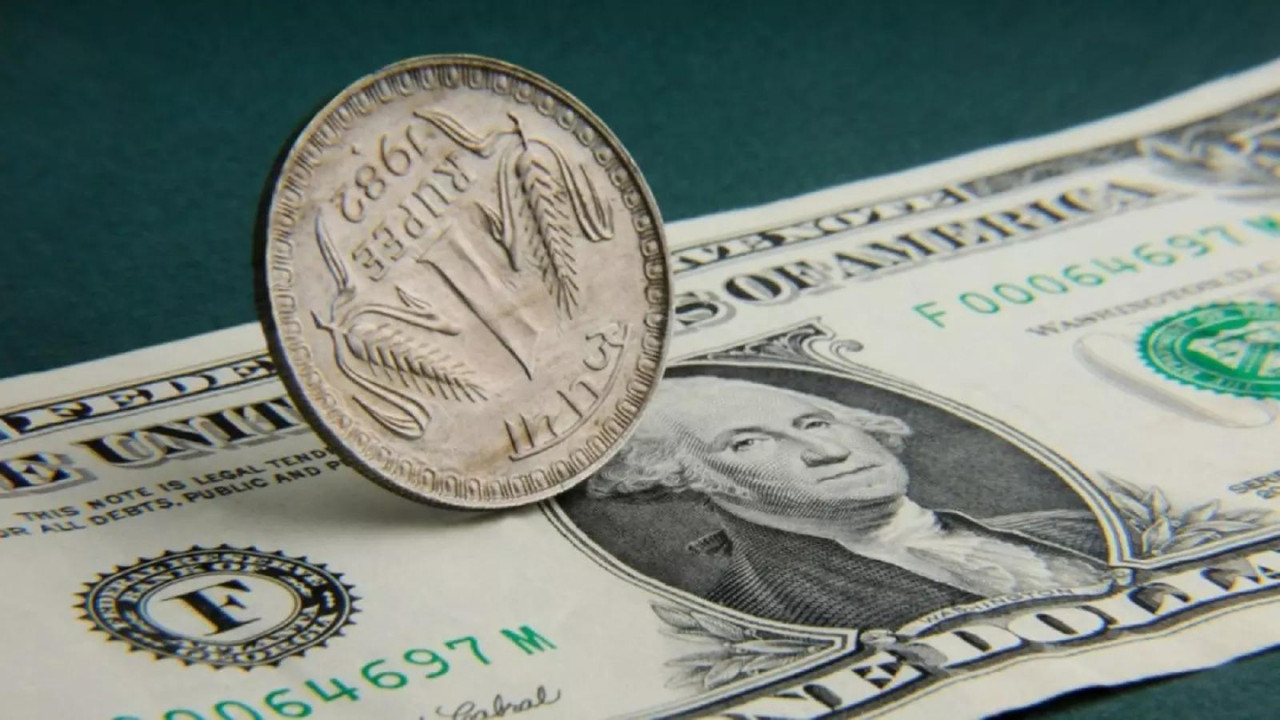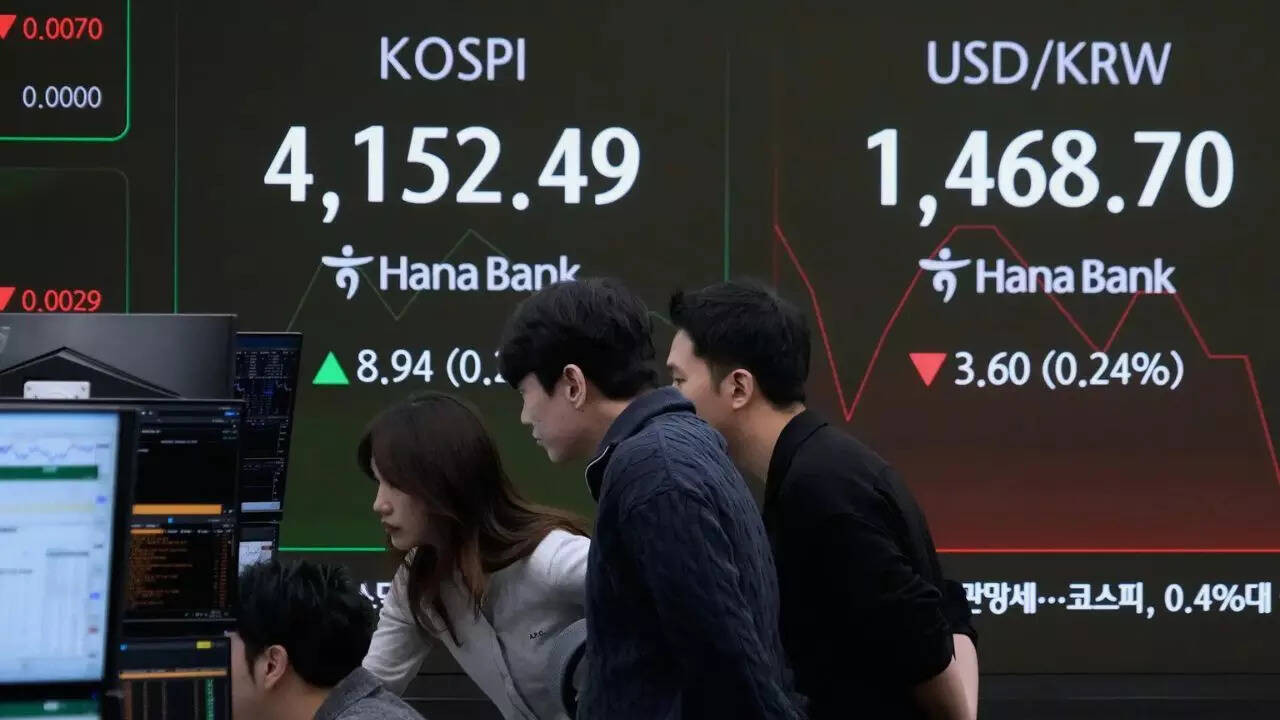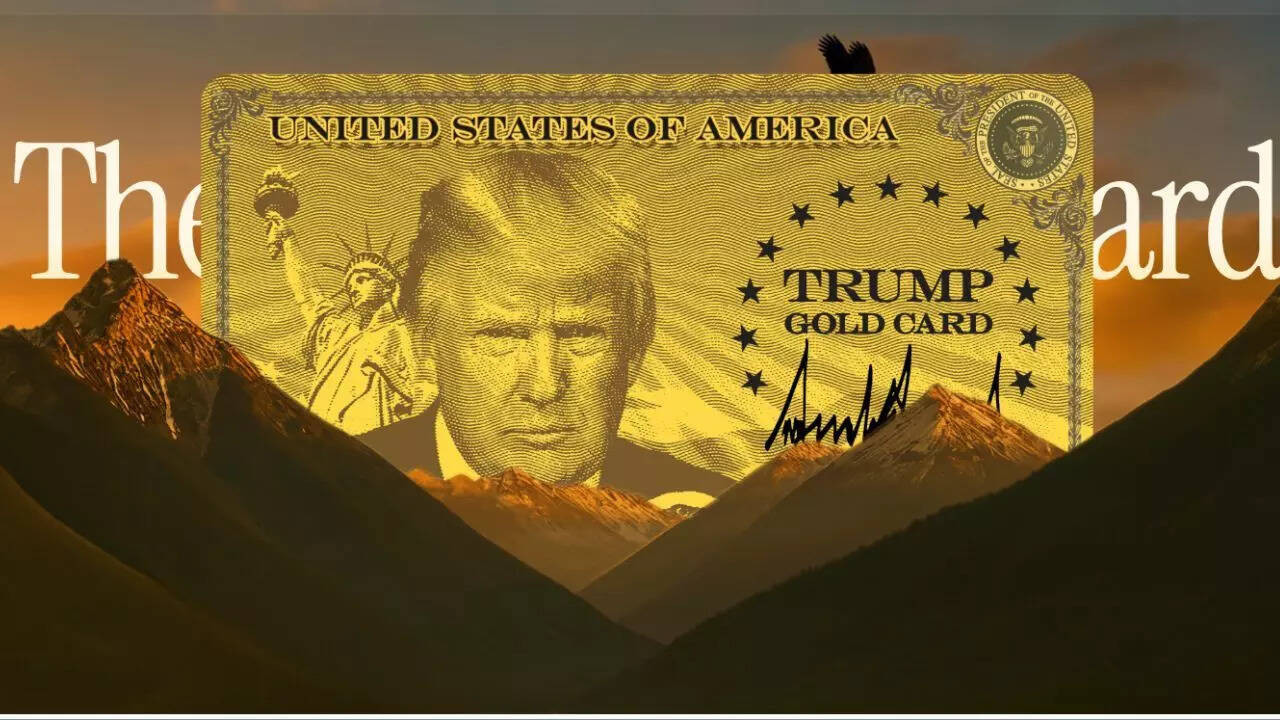The rupee strengthened to 85.76 against the US dollar, buoyed by a weaker dollar and lower crude oil prices. Gains were capped by persistent foreign fund outflows and uncertainty surrounding India-US trade talks. India’s merchandise exports remained steady, while the trade deficit narrowed, and domestic equities closed in the green with FIIs turning net buyers.
Riding the Wave: How a Weaker Dollar is Lifting the Indian Rupee
The Indian rupee has recently shown a pulse of strength, nudging up 16 paise to settle at 85.76 against the US dollar. But what’s fueling this upward tick? It’s not a singular factor, but rather a confluence of global economic currents, with the weakening dollar playing a starring role. Let’s unpack this and see what it means for the Indian economy.
The global financial stage is rarely static. Multiple factors, each exerting its influence, shape the currency markets. Among the most prominent right now is the slide of the US dollar. This decline isn’t happening in isolation. Economic data from the US, particularly concerning inflation and employment, are being closely scrutinized. Any hint that the Federal Reserve might slow down its aggressive interest rate hikes sends ripples across the currency markets, often weakening the dollar.
A weaker dollar tends to have an inverse relationship with other currencies. As the dollar loses some of its luster, currencies like the Indian rupee can gain comparative strength. Think of it as a see-saw: one side goes down, the other tends to rise. This boost gives Indian importers some breathing room, potentially lowering the cost of goods priced in dollars.
Crude Oil Prices and the Rupee’s Fortunes
Another significant piece of the puzzle is crude oil. India is a major importer of crude, making its economy highly sensitive to fluctuations in oil prices. When crude oil prices fall, it reduces the demand for dollars to purchase that oil. This can ease the pressure on the rupee. The recent dip in crude prices has undeniably contributed to the rupee’s improved performance, offering a welcome respite from import costs. The combination of cheaper crude and a weaker dollar creates a tailwind for the Indian currency.

This interplay highlights the interconnectedness of global markets. What happens in the oil fields of Saudi Arabia or at the Federal Reserve in Washington directly impacts the value of your rupee. Understanding these connections is crucial for navigating the complexities of international finance.
Short-Term Gains or a Sustainable Trend for the Rupee?
While the recent strengthening of the rupee is undoubtedly positive news, the crucial question is whether this is a short-term correction or a sustainable trend. Several factors will determine the rupee’s future trajectory.
The actions of the Reserve Bank of India (RBI) are paramount. The RBI plays a crucial role in managing the rupee’s value through various interventions, including buying and selling currency in the open market. Their policy decisions and responses to global economic events will significantly influence the rupee’s performance. Also, keep an eye on India’s economic growth and the health of the nation’s exports. Strong economic fundamentals are the best defense against currency volatility.
Moreover, global geopolitical events always cast a long shadow. Unforeseen events, such as escalating tensions or major policy shifts in other countries, can quickly alter the currency landscape. These external shocks can disrupt even the best-laid plans.
Navigating Currency Fluctuations: Staying Informed
For Indian businesses, particularly those involved in import and export, understanding these currency dynamics is no longer optional; it’s essential for survival and growth. Currency hedging strategies become crucial tools for mitigating risk and protecting profits. For example, check out our article on “Understanding Forex Risk Management for Indian Businesses” for more in-depth strategies.
For the average Indian consumer, a stronger rupee can translate to slightly cheaper imported goods and potentially lower inflation. However, the impact might be subtle and overshadowed by other economic factors.
The recent appreciation of the Indian rupee against the US dollar offers a glimpse of the intricate forces shaping global finance. While a weaker dollar and lower crude oil prices provided a welcome boost, the rupee’s future trajectory hinges on a complex interplay of factors, including RBI policy, India’s economic performance, and the unpredictable nature of global events. Staying informed and understanding these dynamics is crucial for businesses and individuals alike, allowing them to navigate the ever-changing economic landscape with greater confidence. Only time will tell if the rupee can maintain its upward momentum, but for now, the signs are cautiously optimistic.







